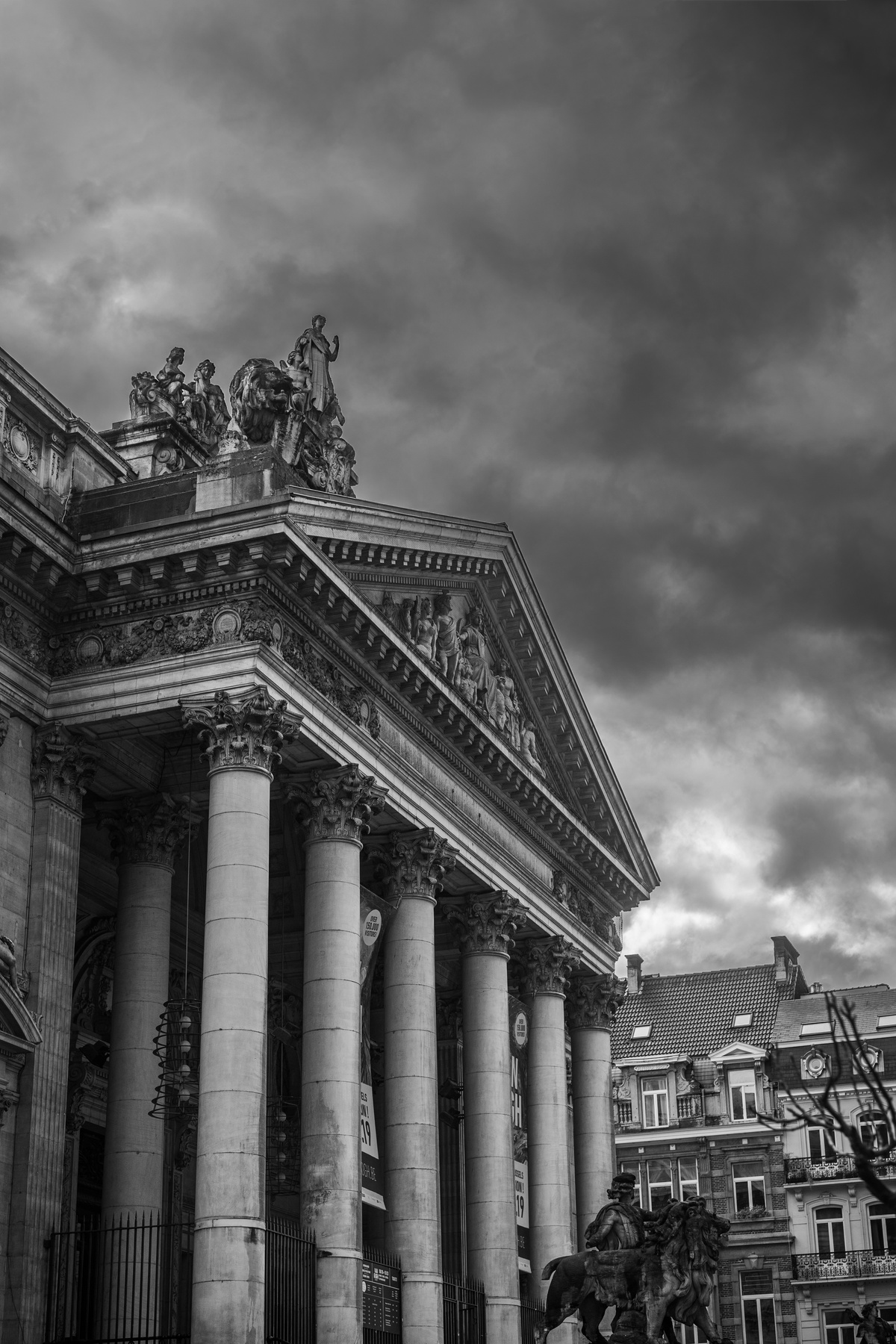Knowledge Repository
Explore our source library, where you will find a diverse range of articles and source materials dedicated to socia-lism. Immerse yourself in a wealth of knowledge aimed at enriching your understanding and appreciation of memory preservation.



Heti Fortepan
Vending Machines and Self-Service Restaurants in Socialist Hungary

“On November 7, a bar called Mézes Mackó is opening on Rákóczi Street, with the first jukebox in Budapest, which provides entertainment for only one forint,” this is how a newspaper on October 22, 1956 reported about future automation. The newspaper also reported that the first fully automated self-service snack bar would be set up on the corner of Lenin Boulevard, with vending machines selling all sorts of products, including Vienna sausages, beer, sandwiches, and cakes. “Whether more ‘robotized works’ will open at other spots in the city depends on the success of the first vending-machine bar.”
Heti Fortepan
The “Modern” Diet.
How the Socialist Food Industry Reformed Everyday Life in Hungary

The second half of the 20th century saw major changes in food consumption throughout the world: new types of ready and ready-to-cook meals, frozen and canned goods appeared on the shelves transforming daily life and our daily routines. While in the West, these new technologies boosted the lucrative character of food production and food commerce, in the Eastern Block the innovations were praised as bringing the promise of a flawless and perfectly planned socialist economy and of a standardized daily life. These revolutionary changes in the food industry indeed had an impact on everyday life: self-service canteens and self-service shops opened, including a chain of fully automated grocery stores called Közért. New types of household appliances appeared in homes, while pantries almost completely disappeared and kitchens shrunk to a minimum size. While some of the new features introduced back in those days are so common sense today that we could not even imagine our lives without them, some turned out to be a dead end.
Harvard Library
Soviet Information Bureau Photograph Collection

Access 6,000 black and white photos that were intended to document the reconstruction of the Soviet Union following World War II.
Eurasianet
Photo review: Soviet propaganda, tamed with time

In the years after World War II, Moscow’s spin masters sent photographers across the country to document daily life as the Communist Party wanted it to look. The prints – silver gelatin, black and white – were distributed in the West through a Toronto office as free press handouts, often with English captions. In Central Asia, the photographers found a part of the country physically untouched by the war, where mega construction projects were rapidly transforming a rural life, bringing industry, education and bumper crops on collective farms.
Selena Travel
Post-soviet Visuals of Ulaanbaatar

Ulaanbaatar was mainly designed by Soviet architects. Mongolian Children’s Creative Center & Zaisan monument are great examples of Soviet architecture.
Culture.pl
Top 10 Socialist Realist Architectural Sculptures in Warsaw

Beings “like animals, with powerful paws and ugly thoughtless faces,” a worker’s Madonna, happy half-naked women, sweet putti rebuilding the capital – Warsaw is full of sculptures from the period of socialist realism.
Uzbek Journeys
Lenin Still Points the Way in Bishkek, Kyrgyzstan

Bishkek's huge Lenin statue remains the only major statue of Lenin left in Central Asia, presiding over the ceremonial heart of the capital city.
Free Sofia Tour
Bulgaria’s 8 Most Legendary Communist Monuments

You might have heard that Bulgaria was once a socialist country, and a part of the Cold War Eastern Bloc. Part of the heritage from that period that foreigners seem to find most fascinating are the communist-era monuments. Here, you are in luck, since Bulgaria is one of the few countries where this cultural heritage is still well materialized by many typical artifacts from that period.
Time Travel Turtle
Street art in Osh, Kyrgyzstan

In the city of Osh, enormous murals created during the Soviet years cover the walls of buildings. But make sure you look closely.
The Guardian
Missing murals: the lost Soviet art of the Stans

Protecting a reminder of a fallen political system is not high on the urban preservation list in Central Asian cities. Countless mosaics have been destroyed.

Collective Memories for Democratic Values (CoMeDeVa), 617470-EPP-1-2020-1-HU-EPPKA2-CBY-ACPALA is co-financed under the Erasmus+ Programme
The content of this website reflects the views only of the authors and the European Commission cannot be held responsible for any use which may be made of the information contained therein.

